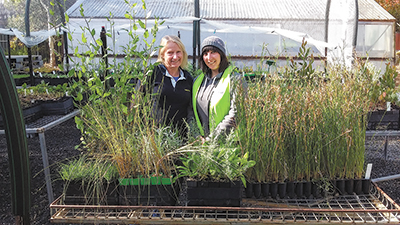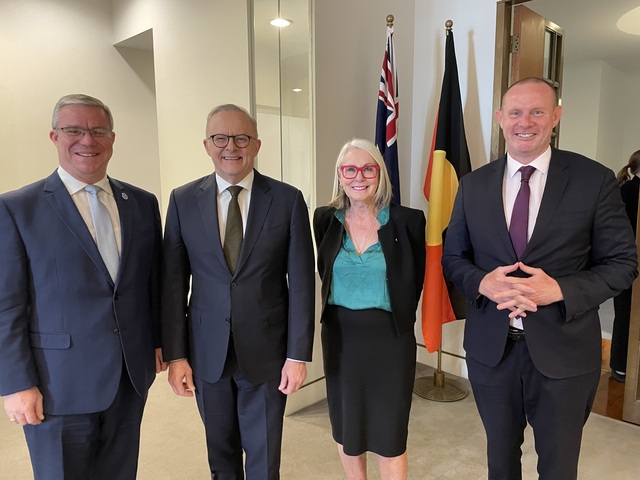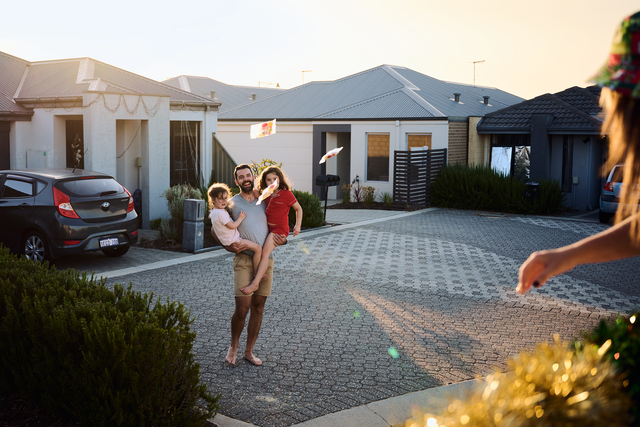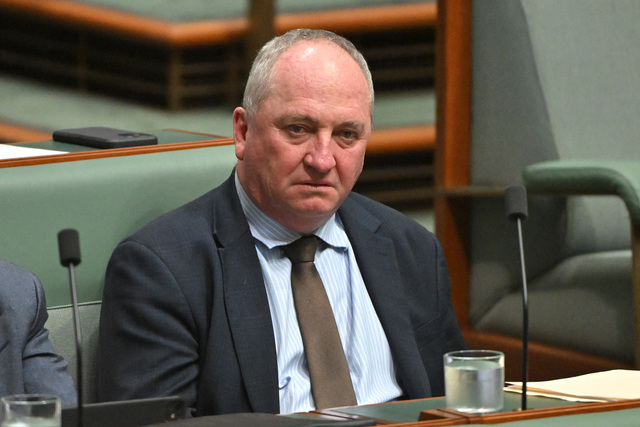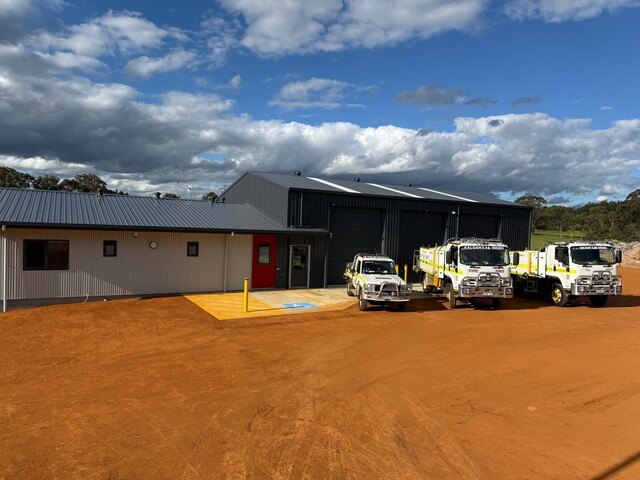The City of Burnside’s biodiversity nursery is working hard to preserve biodiversity in the South Australian municipality and often trades plants with other councils.
Tucked away in a quiet side street in Linden Park in Adelaide’s eastern suburbs, the nursery is one of the City of Burnside’s hidden treasures.
The team consists of 10 dedicated volunteers working under the guidance of Dr Mark Ellis, Technical Officer Conservation and Land Management, and supported by the Burnside Bio-Team of Donna Spandrio and Jess Gaedtke.
They grow local indigenous plants, wild flowers, grasses, shrubs and trees. Annually, the nursery produces 10,000 to 15,000 plants.
The team is passionate about preserving native plants and promoting them.
The biodiversity team aims to propagate five new species each year, and often trades plants with other local councils and shares information.
“There are many native species that we don’t know how to grow yet in Australia,” Dr Ellis said.
“Seeds have a natural dormancy that must be broken in order to germinate. In the wild, it could be animal ingestion, extreme heat or extreme cold.”
Dr Ellis said it is important to protect local species and not allow ‘foreign’ species to take over.
“We collect seed locally, to maintain species integrity and we try to grow as close to native bush as possible, as this can bring local wildlife back into the area.
“It is so successful Council has grown more plants than they need so we held a local native plant day.”
Dr Ellis encouraged people to help protect Burnside’s precious flora and fauna by planting local native plants in their garden, creek line or hills face property.
“People came along with buckets and boxes to carry their plants home.”
The plants were free but Council asked for a gold coin donation towards materials and equipment costs.

